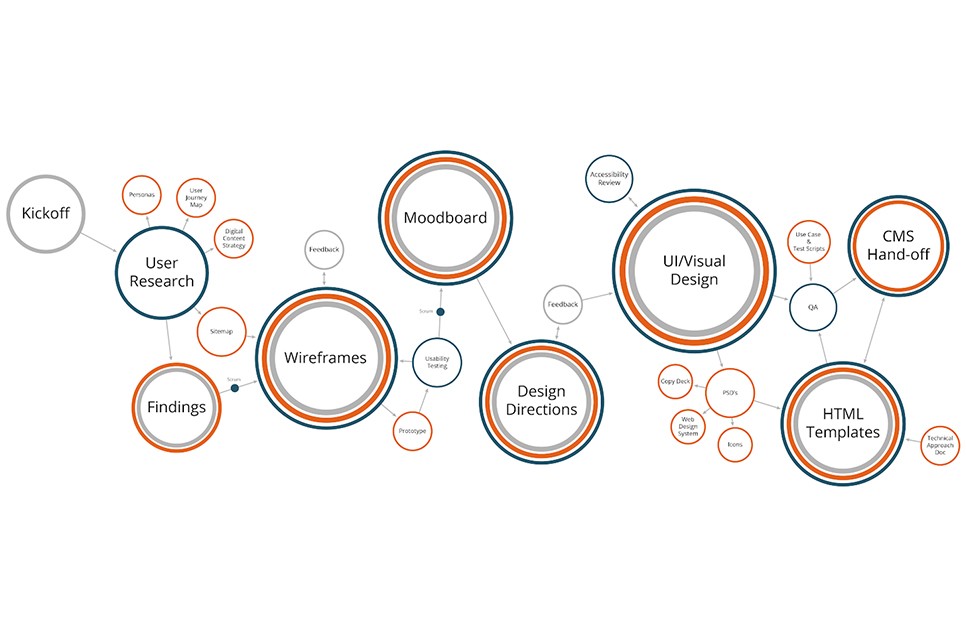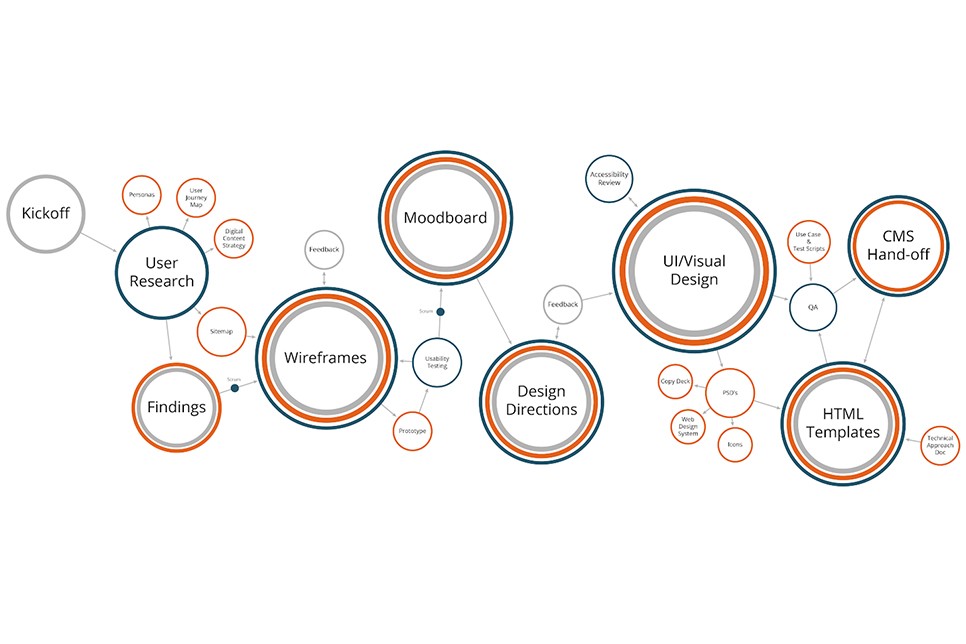Since the beginning of a very disruptive 2020, scholarly publishers have had to contend with uncertainty in institutional markets, sudden demands for rapid dissemination of critical research, and an ongoing existential crisis due to Open Access (OA) mandates.
At around the same time last year, publishing industry experts and analysts looked ahead with optimism, hope and excitement as they speculated on what wonders 2020 might bring.
n the early part of this year, as the COVID-19 pandemic spread rapidly around the globe, the international medical community was attempting to disseminate research as quickly as possible to educate an anxious public on an unknown virus and to advance treatments and ultimately, a vaccine.
Recently, we were very excited to welcome the PubFactory hosting platform to KnowledgeWorks Global Ltd.’s end-to-end portfolio of publisher services.
Every year - like clockwork - technology experts and futurists speculate as to whether this will finally be THE YEAR for mass market adoption of VR (virtual reality), AR (augmented reality) and MR (mixed reality), now commonly referred to under the useful catch-all umbrella term XR (extended reality) technologies.
In 2018, we collaborated with Manchester University Press (MUP) on a hosting platform that would bring all of their books and journals online. Manchester is the largest research university in the UK, and the Press is one of the largest University Presses in the UK, publishing around 200 books and 6 journals a year.
When designing your publishing platform, there are many factors to consider to deliver an optimal user experience. It’s critical to establish a user-first driven process, as diagrammed below.
Website accessibility is not a new topic. In fact, it’s been a factor since 2010 when the Americans with Disabilities Act (ADA) published standards that digital technology and information must be accessible to all people.
Your website platform should be available to every person on any device. The following are critical considerations in a “mobile-first” world for maximizing discoverability and accessibility when creating the optimal user experience for journeys across all of your digital content.









